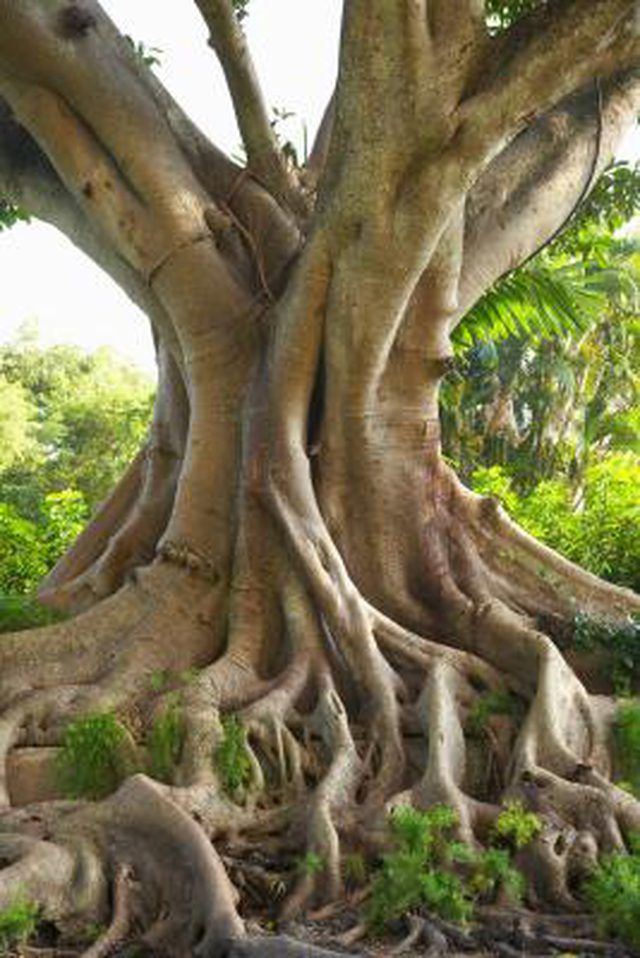Bulbs
Flower Basics
Flower Beds & Specialty Gardens
Flower Garden
Garden Furniture
Garden Gnomes
Garden Seeds
Garden Sheds
Garden Statues
Garden Tools & Supplies
Gardening Basics
Green & Organic
Groundcovers & Vines
Growing Annuals
Growing Basil
Growing Beans
Growing Berries
Growing Blueberries
Growing Cactus
Growing Corn
Growing Cotton
Growing Edibles
Growing Flowers
Growing Garlic
Growing Grapes
Growing Grass
Growing Herbs
Growing Jasmine
Growing Mint
Growing Mushrooms
Orchids
Growing Peanuts
Growing Perennials
Growing Plants
Growing Rosemary
Growing Roses
Growing Strawberries
Growing Sunflowers
Growing Thyme
Growing Tomatoes
Growing Tulips
Growing Vegetables
Herb Basics
Herb Garden
Indoor Growing
Landscaping Basics
Landscaping Patios
Landscaping Plants
Landscaping Shrubs
Landscaping Trees
Landscaping Walks & Pathways
Lawn Basics
Lawn Maintenance
Lawn Mowers
Lawn Ornaments
Lawn Planting
Lawn Tools
Outdoor Growing
Overall Landscape Planning
Pests, Weeds & Problems
Plant Basics
Rock Garden
Rose Garden
Shrubs
Soil
Specialty Gardens
Trees
Vegetable Garden
Yard Maintenance
How to Care for a Bodhi or Bo Tree
How to Care for a Bodhi or Bo Tree. The bodhi or bo tree (Ficus religiosa) is also known as the peepal or peepul tree. It is the tree species under which Buddha attained enlightenment. Bodhi trees are long-lived, and one Indian specimen is said to be over 3,000 years old. They can reach 100 feet in height with a crown up to 100 feet across. The...

The bodhi or bo tree (Ficus religiosa) is also known as the peepal or peepul tree. It is the tree species under which Buddha attained enlightenment. Bodhi trees are long-lived, and one Indian specimen is said to be over 3,000 years old. They can reach 100 feet in height with a crown up to 100 feet across. The leaves are glossy and dark-green with a long, pointed tip. Bodhi trees are tropical species that do not tolerate frost. There is some concern that bodhi trees may become an invasive species in Florida.
Grow bodhi trees outdoors in the garden in areas with little or no frost. The National Taiwan University reports that bodhi trees will not survive minimum winter temperatures below 50 degrees Fahrenheit while the Missouri Botanical Garden website states that they are hardy down to 30 degrees F.
Plant your bodhi tree in the sunniest available spot in the garden with rich, free-draining soil. Avoid areas prone to over-saturation. Water young trees as soon as the surface of the soil around their trunks is dry. Do not water bodhi trees if their soil is already wet due to rain. Fertilize every three months, during the warmer months of the year, with granular, slow-release fertilizer.
Grow bodhi trees as container plants or indoor potted plants in cold areas. Plant them in heavy ceramic pots in potting compost mixed with 30 percent sharp sand for drainage. Place your potted tree in a sunny or lightly shaded location in the garden. Put indoor plants on a south- or west-facing windowsill. Water your potted bodhi tree as soon as the surface of the soil is dry to the touch. Fertilize during the warmer months of the year with a low nitrogen fertilizer. Move outdoor plants indoors before winter temperatures drop below 50 degrees F.
Tips & Warnings
Propagate bodhi trees from stem cuttings or by air-layering branches. In air-conditioned homes, keep potted plants on a dish of damp pebbles to raise the humidity level.
Plant bodhi trees well away from buildings as their roots can damage foundations. Choose a site sheltered from the wind as bodhi trees have shallow roots and can be blown over by strong winds.